CT Scans Bring Ancient Egyptian Mummies to Life in Terrifying Detail
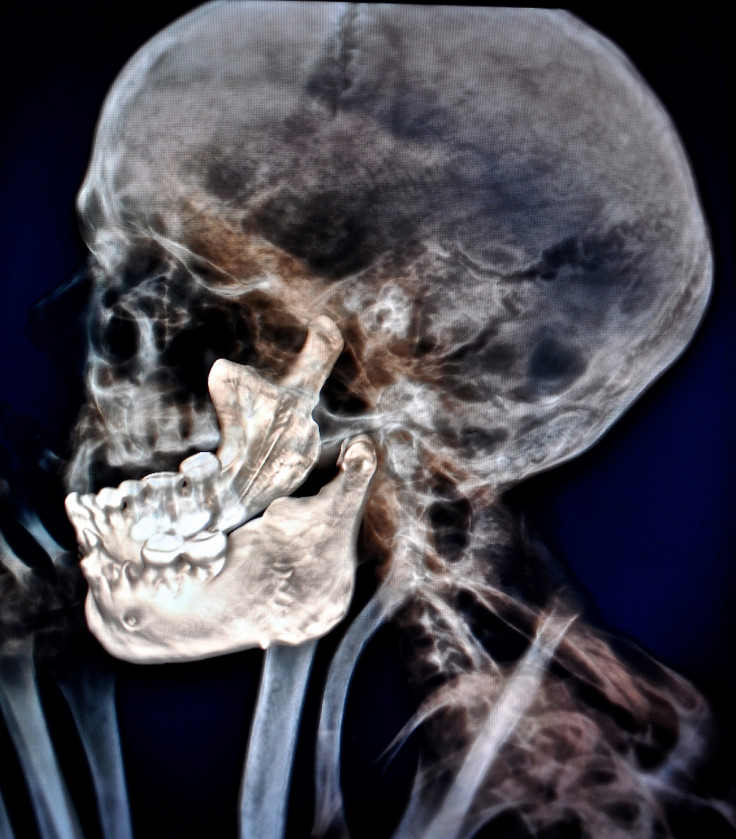
Daniel Antoine, curator for physical anthropology at the British Museum, shares the techniques behind the amazing discoveries with IBTimes UK.
Ancient lives, new discoveries is the British Museum's latest exhibition, focusing on the stories of eight mummies from Egypt and the Sudan.
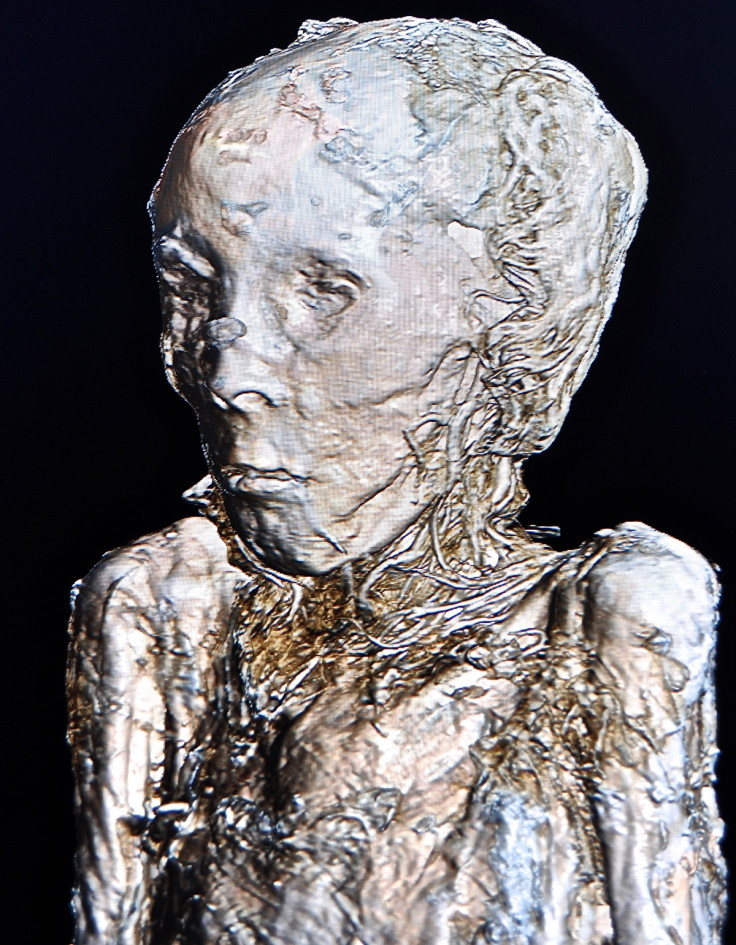
"We're using the science as a tool to present the information. For three of the mummies we are using a dual energy CT scanner. It has two X-rays so you can see really thin parts such as the textiles and the skin and really thick parts such as the bone. We've got images of outstanding resolution like never before.
"We've processed the information from the CT scan together with very advanced graphic software called VG Studios, which is used to analyse car engines and Formula 1. We've plugged in all the raw data and generated 3D models. The software allows you to peel away different layers, remove the bandages and the skin, to look at organs and the bones."
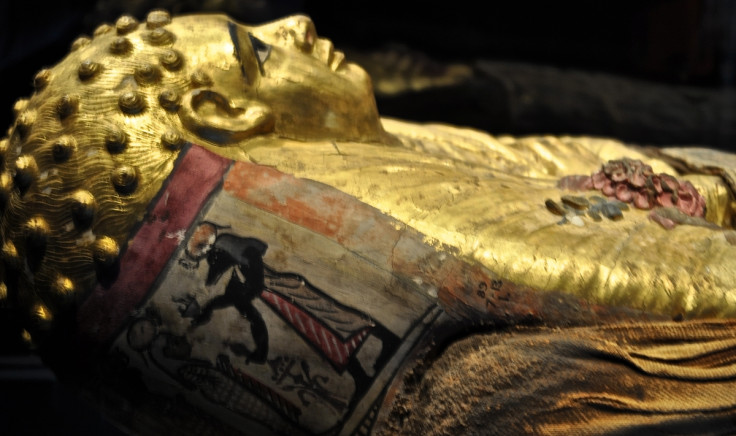
As a result, more detailed information is gleaned than ever before from the human remains. For example, the scan of one mummy, called Gobelein Man B, revealed that his age at the time of death was between 20–35.
"His digestive tract is very well preserved, including the remains of his last meal, says Antoine. "It's very unusual to find this in a mummy but we've not taken a sample, so don't know what his last meal was. But in the future, we may take a biopsy to discover what it was."
Use of the technology is vital today as current methods in archaeology do not condone the unwrapping of mummies, as was done in previous centuries.
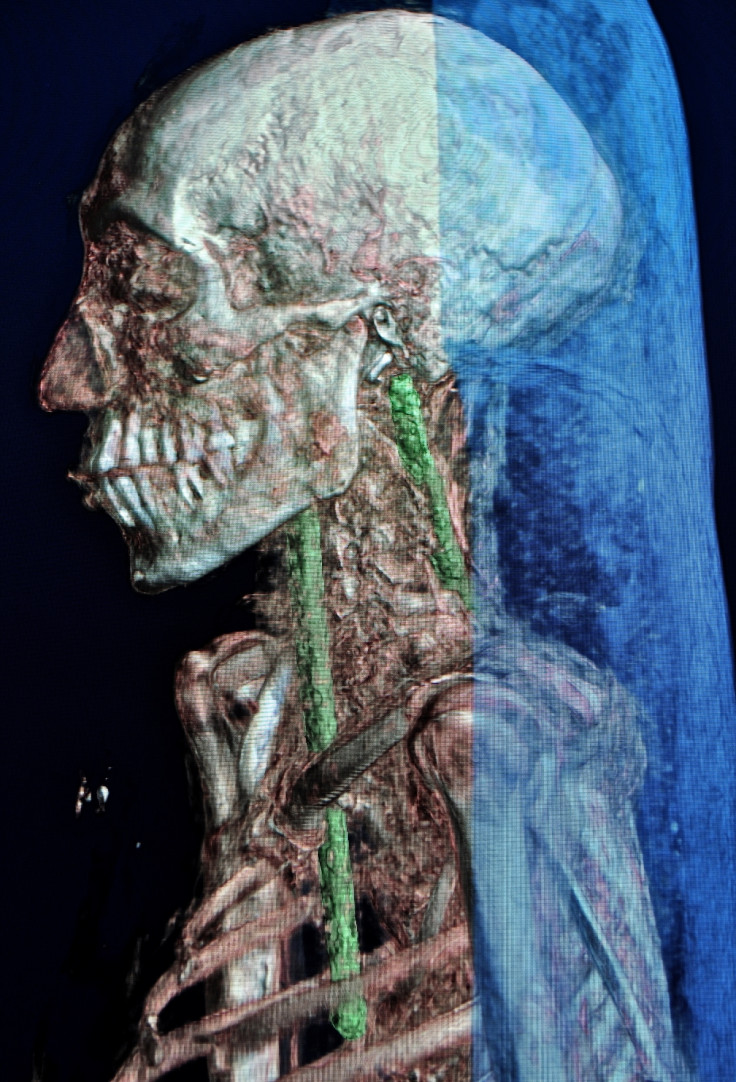
The British Museum has not unwrapped a mummy for 200 years. "It's a very destructive process and damaging to the human remains," explains Antoine.
"We have very strict guidance for human remains. The museum is committed to care, respect and dignity."
The exhibition also explores the health of the ancient Egyptians, discovering they had horrendous problems with their teeth.
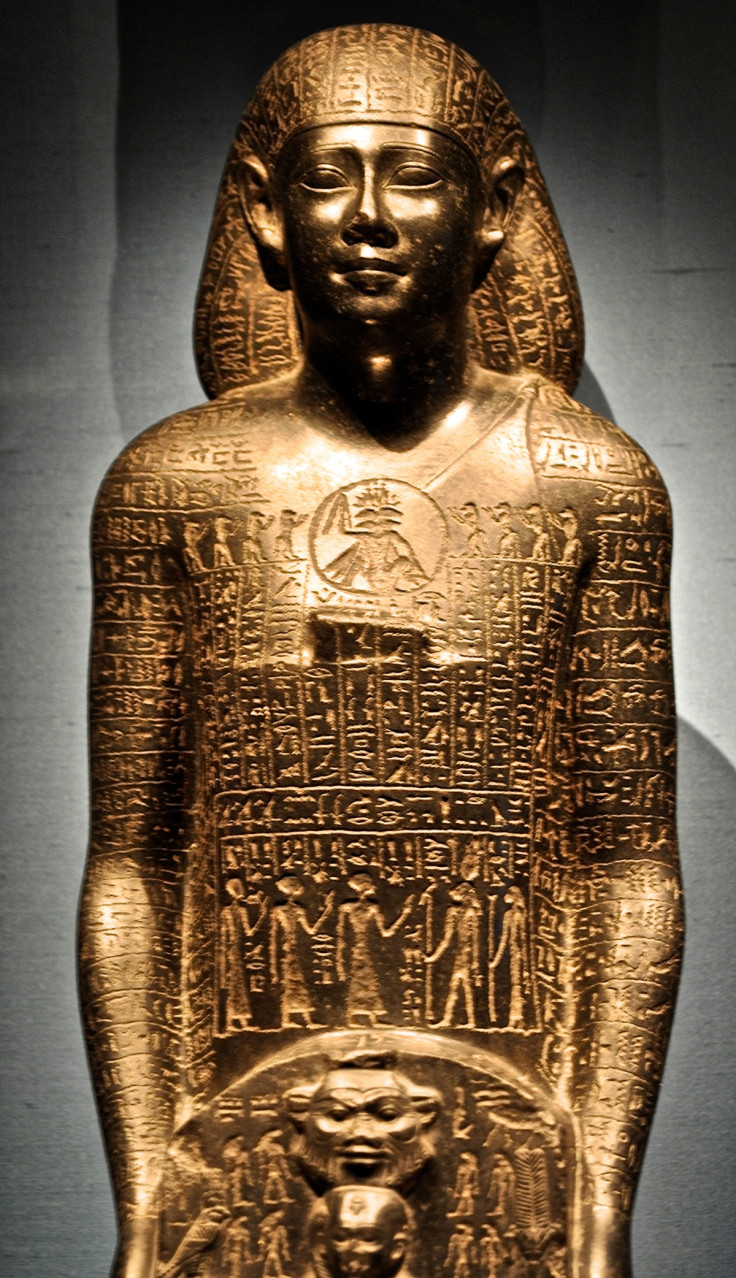
"We have six adult mummies and four of them have terrible dental abscesses. CT scans were used to make a replica of one mummy's lower jaw, which reveals a huge abscess. It must have caused a great deal of pain and discomfort, possibly playing a part in cause of death," says Antoine.
"If the poison gets into the blood, you get septicaemia. If the infection goes down the throat, the throat starts to swell and it can eventually lead to asphyxiation."
© Copyright IBTimes 2025. All rights reserved.






















